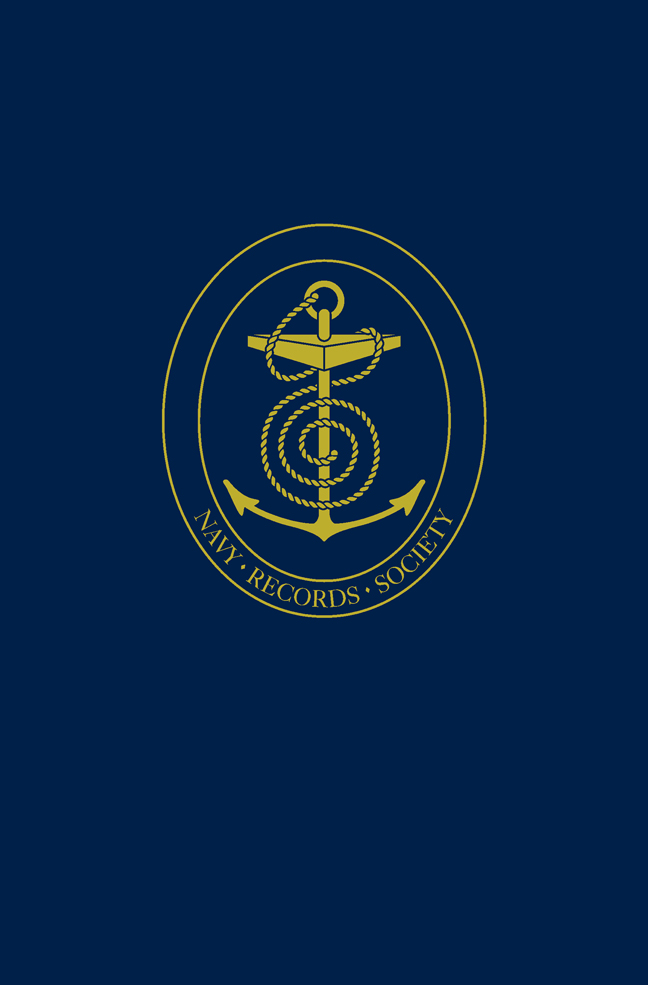8 - Accounts
Published online by Cambridge University Press: 05 March 2024
Summary
The Navy Treasurer's accounts are missing between October 1551 and September 1554, and again between December 1556 and January 1559. These gaps cannot be explained by administrative upheaval at the start and end of Mary's reign, since Benjamin Gonson remained in post as Treasurer throughout. Nor is it likely that the accounts were destroyed for political reasons, as was certainly sometimes the fate of more sensitive records. For Mary's first year some detail can be supplied from other sources [II.82–5]. The second break in the series is particularly unfortunate because it conceals the immediate effect of the new system of naval funding, set up in January 1557 [II.11]. This will be evident by comparing the recepta of the Marian accounts [II.89, 90] with their equivalent for 1562–63 [ENA, 5]. Before 1557 every issue to the navy from the revenue departments is based on a particular dated warrant. Thereafter the bulk of the income is authorised by a warrant dormant (or standing order) to the Exchequer, enabling the Navy Treasurer to draw as required from a fixed budget.
The most notable feature of Gonson's 1554–55 account [II.89] concerns further sales of redundant ships. The expenses stated here and in the account for 1555–56 [II.90] are largely routine and unspecific. Payments to the Lord Admiral and ‘sundry captains serving upon the seas’ are grouped under a single heading, whereas the Elizabethan accounts identify the ships, their commanders, numbers of men, and periods of service.
The victualling accounts supply more circumstantial detail of that kind, specifying the ships, their complements, and their time in victualling. Baeshe's account for 1552–55 [II.92] includes the expenses of the fleet which escorted Philip to England in 1554, and the building of the stage at which the King disembarked. It also reflects the navy's regular business of transporting ambassadors, catching pirates, and moving ordnance from place to place. The 1555–56 victualling account [II.93] is a beautifully structured document, handsomely written as if in deference to the high proceedings with which it deals. The Royal Navy assists in escorting the King across the Channel, then helps to convey the King's father, the Emperor Charles V, towards Spain and the end of his days.
- Type
- Chapter
- Information
- The Navy of Edward VI and Mary I , pp. 407 - 454Publisher: Boydell & BrewerFirst published in: 2024

